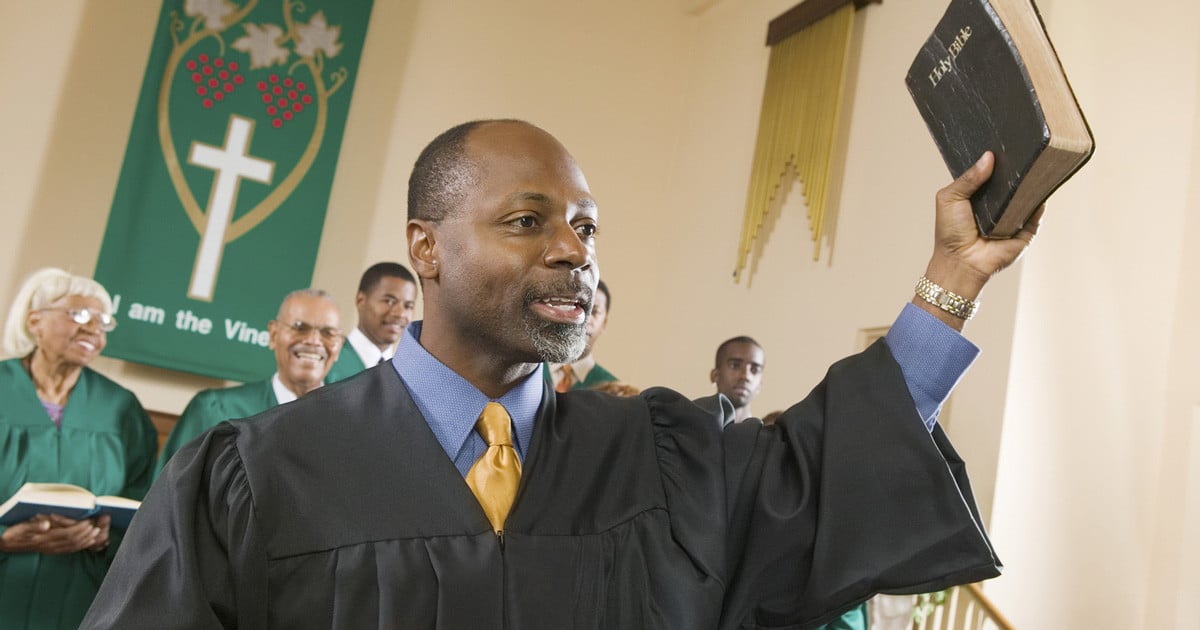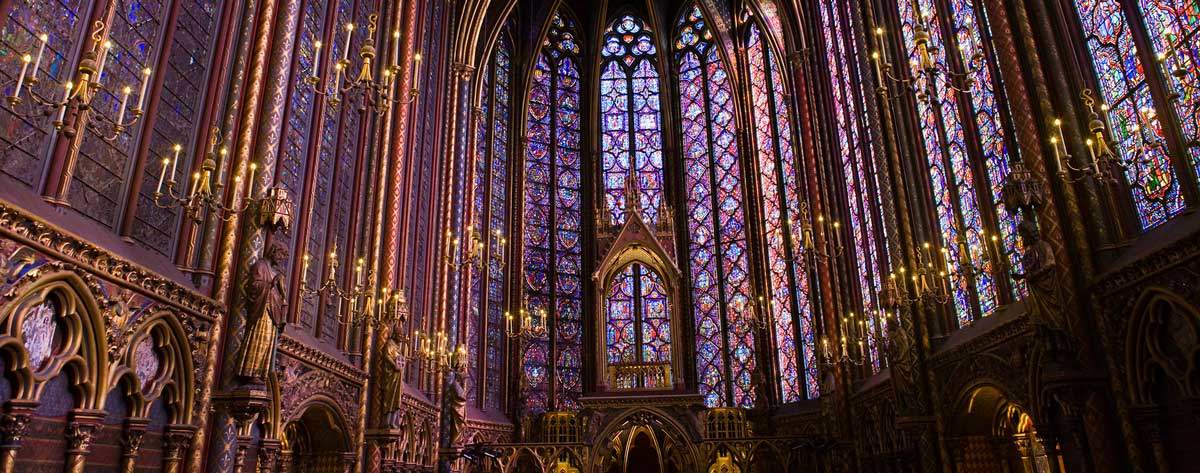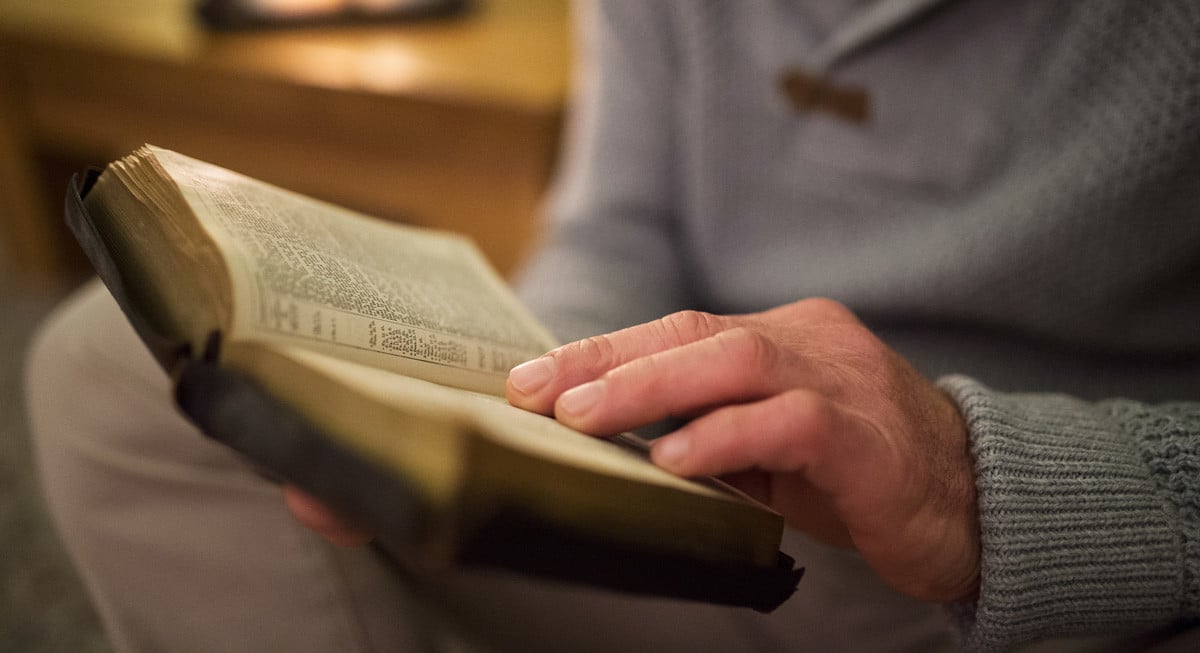Although we believe ourselves to be creatures with free wills to act randomly and choose something new each moment, we actually live habitually, repeating the same actions over and over and over. We tend to get up at the same time each morning, eat from a rather limited menu that we have self-selected over time, sit in the same places in classes and sports arenas and church buildings time after time, and associate with roughly the same people day after day. There is something comforting and stabilizing in our routines.
Similarly in our societies: we expect our leaders to act in certain ways; we anticipate a repetition of holidays and the traditions by which we celebrate them; we believe particular values ought to shape our interactions with one another; and we trust in laws that regulate our common negotiation of commuter traffic, property rights, interpersonal behaviors, and economic systems. Habits and rituals make it possible for us to feel safe when we choose to do something new or different.
The doctrinal standards of the Reformed Church in America, and its common practices as outlined in the Book of Church Order, are designed to bring us together into that shared place of ritual, habit, consistency and mutual understanding across the congregations and cultures of our denomination. While we don’t all look like one another, or experience life in the same manner, when we express our shared identity in Christ we practice it through the common rituals established by generations of our forebears.
The Book of Church Order began as a manual for church leaders at the time of the Reformation. When the authority of human leaders in Rome and the rituals they established were challenged by Martin Luther, John Calvin, John Knox and others, these leaders studied New Testament writings and early church history to recover a more biblical form of church structures and ministries. Under Calvin’s influence, the Belgic Confession established several key principles that have shaped the Book of Church Order and many other similar documents:
- Jesus Christ is the active head of the Christian Church.
- While the Christian Church has visible qualities and characteristics, it is not identical to the church structures that have beenestablished throughout the human race. The Reformers talked about the “invisible church” in which all true believers participate, and the “visible church” which tries to serve believers, but can sometimes engage in practices that are unhelpful or theologically incorrect, and may contain members that are not actually true Christians.
- Jesus’ active leadership of the church finds its shape in congregations that recognize spiritual gifts of leadership among their members, and appoint and ordain these to the leadership offices of Elders who oversee the spiritual health and direction of the church, Deacons who encourage social justice and mercy through the church, and Pastors who provide biblical teaching and training in the church.
- The leadership teams in these congregations are called Consistories (or Sessions), which are themselves in mutual accountability associations (Classes or Presbyteries) with the Consistories of other regional congregations, and together form covenanted commitments within denominational structures through representative assemblies (Synods or General Assemblies). This structure is known as the “Presbyterian” system of church polity, in distinction from “Episcopal” and “Congregational” systems.
- One significant emphasis of this church governing system is mutual accountability, expressed in various forms of church discipline.
- The goal of church government is spiritual vitality for both congregations and members, which, in turn, promotes evangelism and the transforming grace of Jesus expressed in neighborhoods.
Throughout church history, Christians have probed the nuances of these foundational testimonies. Influenced by cultural changes and challenges, a number of different families of theological reflection have emerged. Our approach at CLC lies within the Reformed tradition, built upon the expansive insights of John Calvin at the time of the Protestant Reformation, and summarized well in the Reformed Standards— the Belgic Confession, the Heidelberg Catechism, the Canons of Dort, and the Belhar Confession. Central to the common theological approach expressed through these testimonies are the following emphases:
- The distinction between “regeneration” (God’s one-time act accomplished solely through the work of Jesus) and “sanctification” (God’s on-going transformative activity taking place in partnership with redeemed persons and communities).
- The “Presbyterian” form of church structure, built around the primacy (but not independence) of the local congregation governed by Elders and Deacons who are called and elected from the membership because of their obvious spiritual gifts.
- Appreciation of the sacraments as two in number (Baptism and the Lord’s Supper), each being a sign and seal of God’s redemptive love, but not actually transacting merit.
- Viewing the “Law of God” as not only normative for creation and as announcing human sinfulness, but also as guiding our redeemed response of sanctified living.











